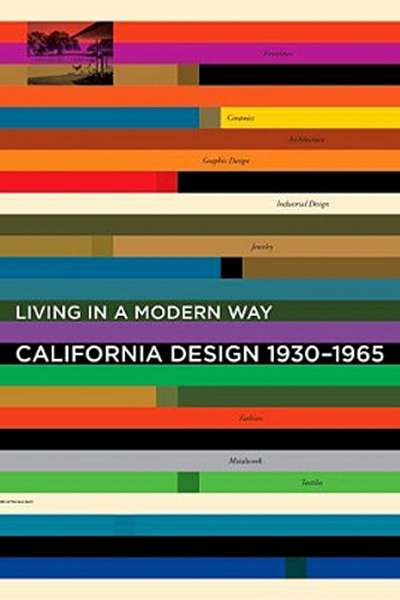Christopher Menz
Sign up to Book of the Week and receive a new review to your inbox every Monday. Always free to read.
Recent:
Visions of Colonial Grandeur: John Twycross at Melbourne’s International Exhibitions by Charlotte Smith and Benjamin Thomas
The Australian sweet tooth and ongoing love of cakes and desserts is evident in two recent publications. Both cover the basics as well as offering more ambitious fare; they are good places to start if this is your thing.
Phillippa Grogan’s eponymous pâtisserie in Melbourne, established in 1994, offers the type of baked goods presented in this publication: breads, cakes and biscuits, quiches and tarts, superbly made and flavoured and stylishly presented. Novel at the time, the business rapidly became a success and has since expanded considerably. As is de rigueur nowadays for cooks, the book of the shop has followed: Phillippa’s Home Baking (Lantern, $49.95 hb, 313 pp, 9781921383311), co-written with Richard Cornish. Baking, more than any other type of cookery except confectionery, requires precision and accuracy, and this is reflected in the succinct, no-nonsense style of the clearly set out recipes and introductions.
... (read more)The last time the National Gallery of Victoria devoted an exhibition to furniture was in 1988 (Featherston Chairs), and only the most dedicated design aficionados will remember the gallery’s most recent group show of furniture design: One Hundred Chairs, back in 1974. Mid-Century Modern, broad in its ambition, covers Australian furniture design in the thirty-year immediate postwar period. It forms an interesting comparison to the recent touring exhibition from the Los Angeles County Museum, California Design, 1930–65, shown at Gallery of Modern Art, Brisbane last summer and reviewed here in December 2013–January 2014.
... (read more)The Agrarian Kitchen by Rodney Dunn & New Classics by Philippa Sibley
Living in a Modern Way: California Design 1930–1965 edited by Wendy Kaplan
Living in a Modern Way: California Design 1930–1965 edited by Wendy Kaplan
Entering the current Heide exhibition Stephen Benwell: Beauty, Anarchy, Desire – A Retrospective for the first time is quite an experience. Dispersed left and right on two enormous rectangular tables is a chronological survey of the work of one of Australia’s finest ceramic artists. The overview of a remarkable career can be examined in detail as the viewer moves from work to work up ...








